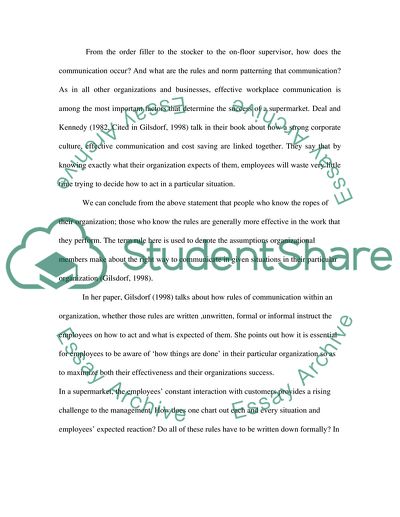Cite this document
(Workplace Communication In A Large Supermarket Essay - 1, n.d.)
Workplace Communication In A Large Supermarket Essay - 1. https://studentshare.org/journalism-communication/1562929-communication-writing-and-professional-practice
Workplace Communication In A Large Supermarket Essay - 1. https://studentshare.org/journalism-communication/1562929-communication-writing-and-professional-practice
(Workplace Communication In A Large Supermarket Essay - 1)
Workplace Communication In A Large Supermarket Essay - 1. https://studentshare.org/journalism-communication/1562929-communication-writing-and-professional-practice.
Workplace Communication In A Large Supermarket Essay - 1. https://studentshare.org/journalism-communication/1562929-communication-writing-and-professional-practice.
“Workplace Communication In A Large Supermarket Essay - 1”. https://studentshare.org/journalism-communication/1562929-communication-writing-and-professional-practice.


